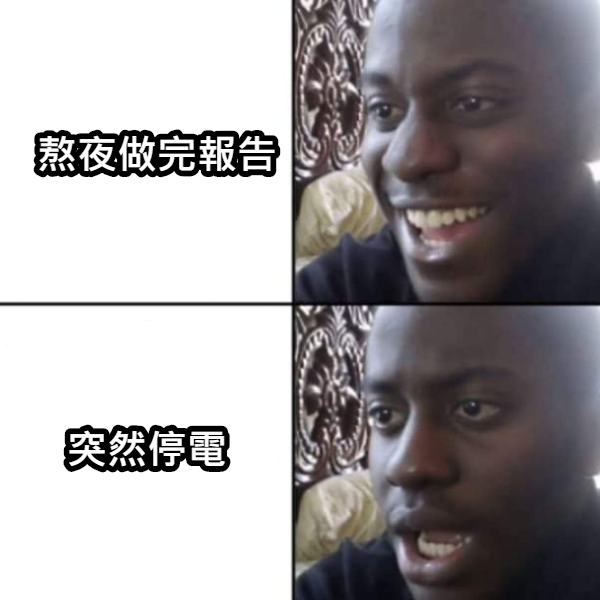Introduction
Microsoft Edge is a web browser developed by Microsoft. It was first released for Windows 10 and Xbox One in 2015, then for Android and iOS in 2017, and for macOS in 2019.
Edge includes integration with Cortana and has extensions hosted on the Microsoft Store. Unlike Internet Explorer, Edge does not support the legacy ActiveX and BHO technologies.
Originally built with Microsoft’s own proprietary browser engine EdgeHTML and their Chakra JavaScript engine, Edge was rebuilt as a Chromium-based browser in 2019, using the Blink and V8 engines. As part of this change (codenamed Anaheim), Microsoft made preview builds of Edge available on Windows 7, 8, 8.1 and macOS, in addition to Windows 10. The first public release followed on January 15, 2020. In June of 2020 Microsoft began automatic rollout of Edge via Windows Update for Windows 7, 8.1 and all Windows 10 versions from version 1803 to version 2004.
Wikipedia ── Microsoft Edge
遙想當年 Internet Explorer (IE) 叱吒風雲,在被 Google Chrome 殺入後一蹶不振,而 Chrome 亦以 69.18% 的市佔率遙遙領先其他瀏覽器。然而,Chrome 在開啟後所消耗的記憶體使用量為人詬病,龐大的資源使用量使得部分電腦不堪負荷,而 Google 在 Chrome 上建立了良好且完整的生態圈,使得使用者難以跳入其他瀏覽器,強化了使用者黏著度。
而新版 Microsoft Edge 基於 Chromium 開發,除了容許了來自 Chrome Web Store 的擴充元件,成為 Chrome 使用者跳入 Edge 的一大誘因外,由於針對 Windows 10 進行最佳化,在資源使用率與執行效能上會較 Chrome 表現來得更為優秀。

